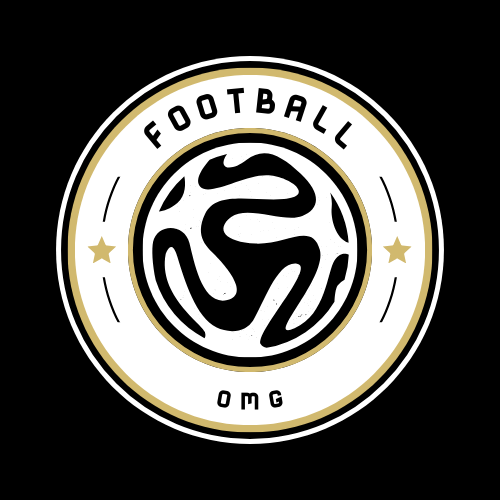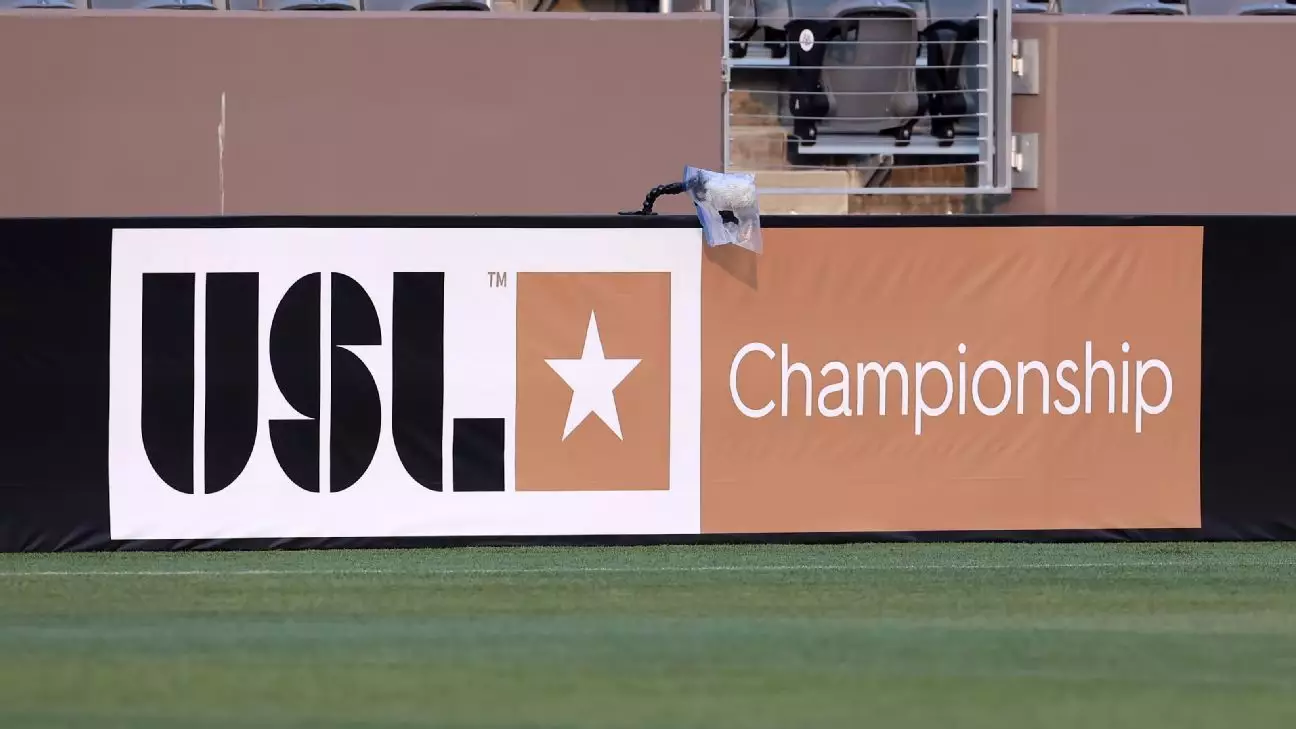On a significant date in soccer history, the United Soccer League (USL) has set its sights on transforming the American soccer landscape with the anticipated launch of a new Division One men’s professional league slated for 2027. This initiative is seen as a direct competitor to Major League Soccer (MLS), representing a substantial shift in how professional soccer operates in the United States. With the USL operating independently yet concurrently under the sanctioning of the U.S. Soccer Federation, this announcement is not merely a restructuring of existing leagues but is a comprehensive reimagining of American soccer hierarchy.
The USL’s foundation in 1986 was rooted in the ambition to cultivate a seamless journey from youth soccer to professional levels. Over the years, the league has expanded its reach and influence, producing a nurturing environment for both male and female players. Currently, the USL operates at three levels: the newly proposed Division One, the second-tier USL Championship, and the third-tier USL League One. This multifaceted structure not only aims to create pathways for player development but also establishes a comprehensive framework for clubs at various stages, enhancing competitive integrity and performance standards across the board.
The announcement of the Division One league comes against a backdrop of burgeoning soccer interest in the United States, fueled by significant events such as the upcoming 2026 FIFA World Cup hosted jointly by the U.S., Canada, and Mexico. The anticipated increase in viewership and participation rates due to such high-stakes tournaments underscores the need for a robust professional soccer infrastructure that can sustain this growing fervor.
Alec Papadakis, the USL CEO, emphasized the transformative potential of this new league, heralding it as a “defining moment” for soccer in the U.S. His sentiments are echoed by U.S. Soccer’s supportive statement that acknowledges the strength of American soccer. They express optimism regarding investment in the game, suggesting that such growth will catalyze further interest leading up to the major international tournaments. By fostering a competitive atmosphere through the establishment of a Division One league, the USL aims to enrich local communities while providing aspiring players with platforms to showcase their talents.
One of the most intriguing aspects of the USL’s future vision is the potential introduction of a promotion and relegation system—an approach not currently employed by MLS. This system, which is commonplace in global soccer, has the power to democratize competition, ensuring that clubs are incentivized to enhance their performance and maintain engagement with their communities. Papadakis notes that by empowering clubs with more autonomy and fostering interconnectivity among them, the USL can create a sustainable and thriving soccer ecosystem that reflects the diverse tapestry of American cities.
Moreover, this structure promises to democratize access to professional soccer, allowing teams from less recognized locales to compete at the highest level, nurturing local talent while encouraging regional pride. The vision is clear: high-caliber clubs should emerge from cities of all sizes, and the infrastructure necessary for growth is already taking shape.
Excitement surrounding the 2026 FIFA World Cup and the 2028 Summer Olympics has undoubtedly contributed to a surge in soccer’s popularity across the nation. With anticipated spikes in participation rates and public interest, the timing for launching a new league could not be better. It is essential to capitalize on this momentum not just to enhance the sport’s visibility but also to create opportunities for young athletes and clubs alike.
The USL has also made strides in women’s soccer, launching the USL Super League and the USL W League, which aim to provide clear pathways for female players from youth leagues to professional status. This dedication to inclusivity signals an understanding that soccer should be accessible to all, regardless of gender, and reflects a broader commitment to fostering a healthier, more equitable athletic culture across the landscapes of American soccer.
As the United Soccer League prepares to embark on this ambitious journey, it remains poised to redefine the soccer narrative in the United States. The introduction of a Division One league is more than just about expanding the number of teams—it embodies the spirit of competition, community, and inclusivity that is essential for the sport’s healthy evolution. With the promising potential of promotion and relegation, the USL is set to create a vibrant ecosystem that not only sustains the sport but also enriches the cultural fabric of American life.

